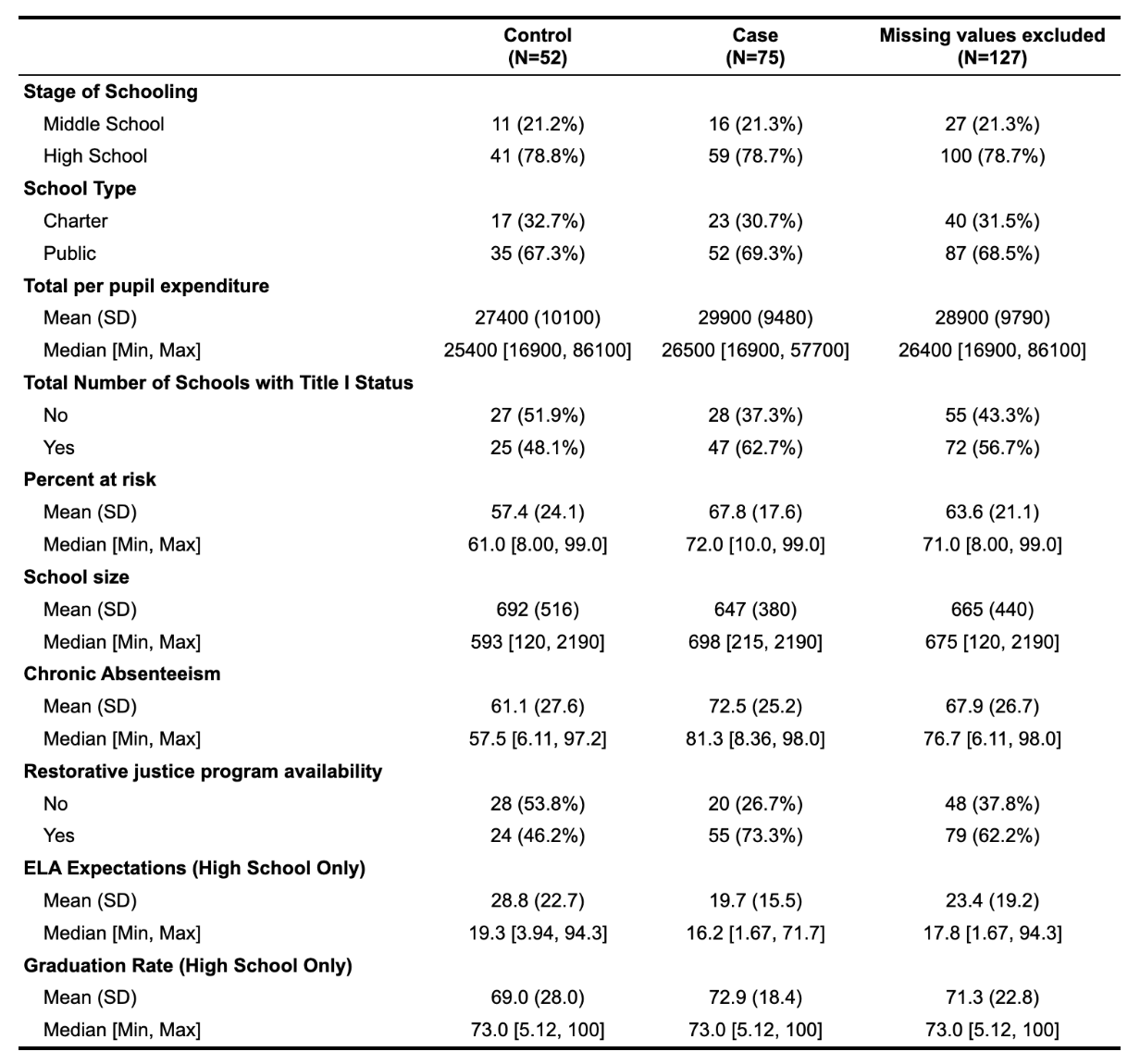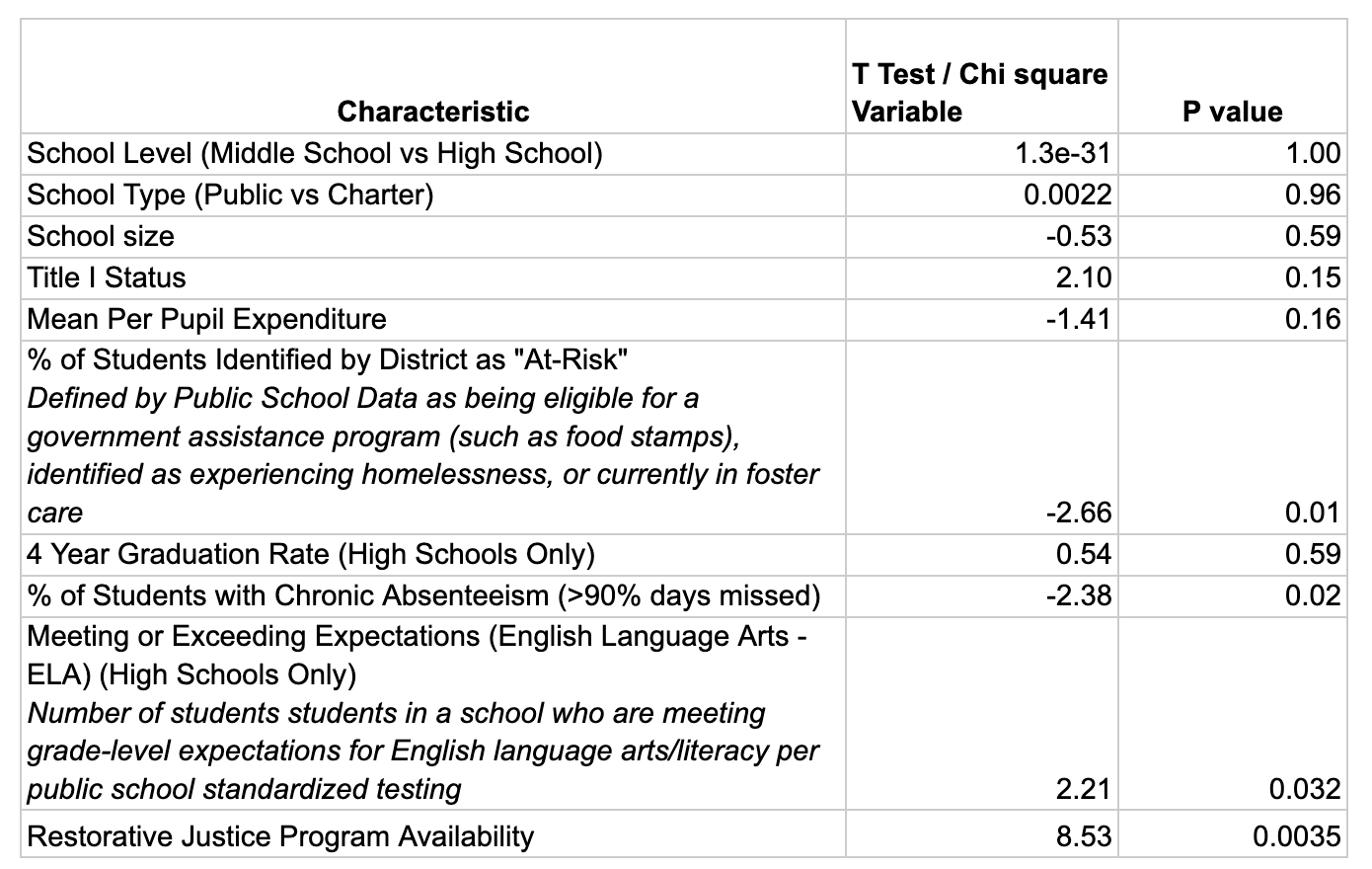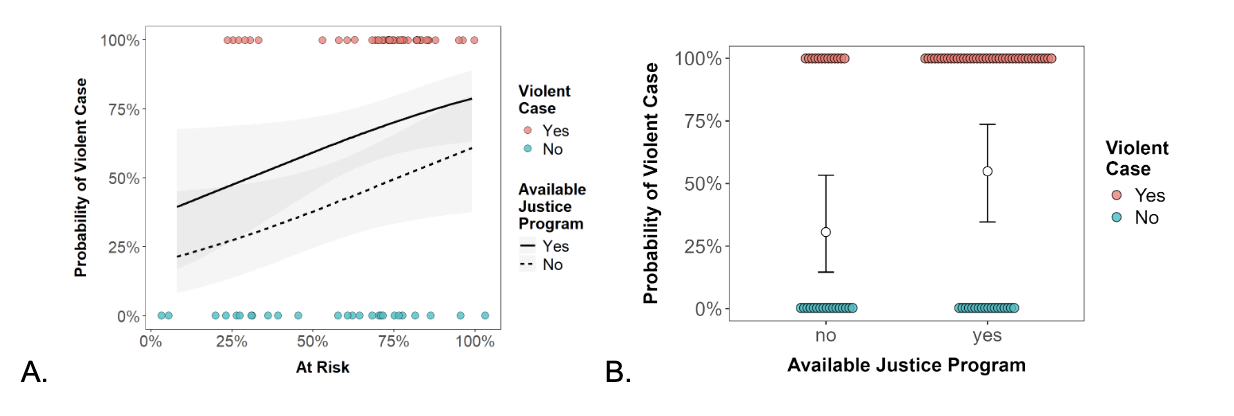Emergency Medicine 9
Session: Emergency Medicine 9
134 - School Characteristics of School-aged Youth Seeking Emergency Care for Assault Injuries
Sunday, April 27, 2025
8:30am - 10:45am HST
Publication Number: 134.6233
Anna Buchanan, George Washington University School of Medicine and Health Sciences, Washington, DC, United States; Sean Lee, George Washington University School of Medicine and Health Sciences, Washington, DC, United States; Katie Donnelly, Children’s National Hospital, Washington, DC, United States; Ariella Weinstock, United States Air Force, Goldsboro, NC, United States

Anna Buchanan (she/her/hers)
Medical Student
George Washington University School of Medicine and Health Sciences
Washington, District of Columbia, United States
Presenting Author(s)
Background: Hospital-based violence intervention programs (HVIPs) aim to disrupt cycles of violence by engaging injured individuals in the emergency department (ED) at a uniquely reachable moment. Pediatric-focused HVIPs, initially designed for adults and older youth, are expanding to serve younger patients. Since school attendance is a key factor for these younger participants, evaluating school-related aspects is essential to enhance these programs.
Objective: We aimed to identify school-related factors among patients who qualify for HVIP participation, including school demographics, funding, programs, and academic achievement.
Design/Methods: In this retrospective case-control study, patients aged 10-18 presenting to a pediatric ED (January 2022 - February 2023) for gun, knife, or physical injuries were matched by age, sex, and medical complexity to controls. We analyzed cases and controls with EHR-documented in-district schools and schools with publicly available data. Single variate analysis was conducted using chi-squared tests for categorical variables and t-tests for numeric variables. An automated stepwise variable selection model was used to identify the most parsimonious model explaining variation between cases and controls.
Results: A total of 75 cases and 52 controls were reviewed (Table 1). Univariate analysis identified significant differences between cases and controls for schools with Title I status, increased chronic absenteeism, restorative justice programs, and a higher prevalence of ‘at-risk’ students (Table 2). In the automated stepwise variable selection model, the variables that contribute to the most parsimonious model were restorative justice program availability (p=0.032), and increased prevalence of students identified as ‘at risk’ (p=0.040) (Figure 3).
Conclusion(s): School factors such as chronic absenteeism rates, prevalence of 'at-risk' students, number meeting or exceeding expectations in English Language Arts, and presence of a restorative justice program were the strongest correlates of assault-related ED visits. Limitations include reliance on publicly available data and a limited sample size due to incomplete school enrollment data within the EHR. Findings emphasize the importance of school-based programs, with district-sponsored initiatives like restorative justice programs (developed the same year as our study) addressing multiple factors. Collaboration between HVIPs and school programs could yield successful outcomes, especially for chronically absent and 'at-risk' students, as well as schools with restorative justice programs.
Table 1
 Characteristics of Schools Studied
Characteristics of Schools Studied Table 2
 Univariate analysis of Characteristics (T test/Chi Squared and p-value)
Univariate analysis of Characteristics (T test/Chi Squared and p-value)Figure 1
 Automated stepwise variable selection identified 2 variables that contributed most to the model, which were (A)% of Students Identified by District as "At-Risk" and (B) Restorative Justice Program Availability
Automated stepwise variable selection identified 2 variables that contributed most to the model, which were (A)% of Students Identified by District as "At-Risk" and (B) Restorative Justice Program Availability
